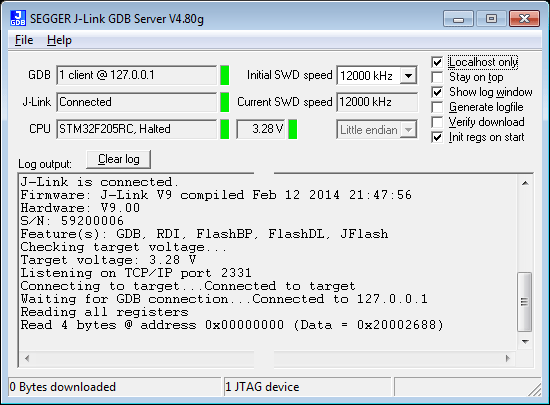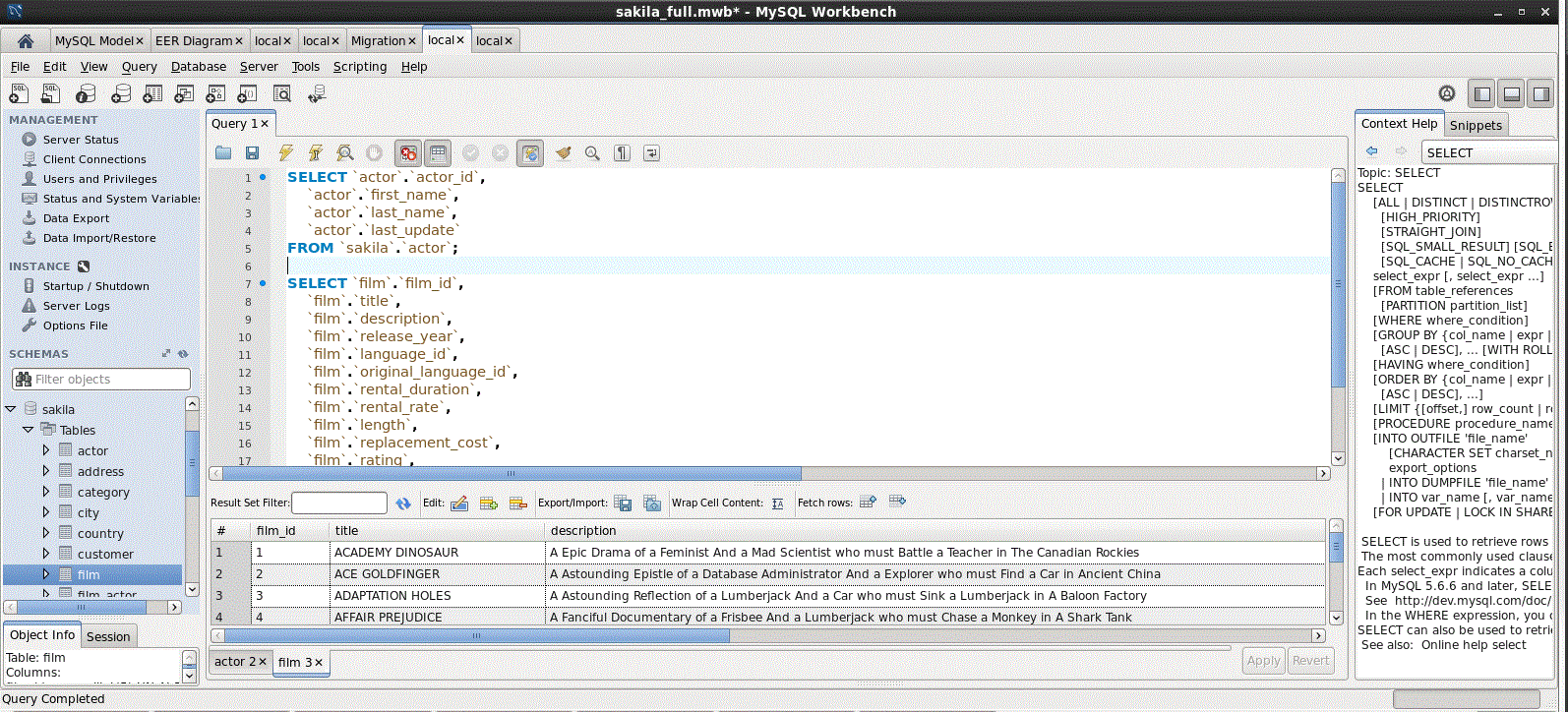
- MAC OS GDB TUTORIAL HOW TO
- MAC OS GDB TUTORIAL FULL
- MAC OS GDB TUTORIAL SOFTWARE
- MAC OS GDB TUTORIAL CODE
#3: To close the command block, use the "end" keyword. #2: Here you can specify set of commands to execute. (gdb) b CheckValidEmailīreakpoint 1 at 0x8049d87: file. With the help of the keyword, you can set multiple commands to run every time a breakpoint occurs. Four GDB Commands to Print Debug Info Command to execute after the program hits a break-point. #2: Some of them you've already seen in the previous tips.Įxample: break linenum if variable=1 5. #1: The symbol implies that you can use any form of breakpoints. Instead, the gdb allows you to specify a break point for memory addresses. If you have a program without debug symbols, then you can’t use any of the above options. Break into a line which is relative to the current line.
MAC OS GDB TUTORIAL CODE
# The current file is the last file whose code appeared in the debug console. # Note: Break will take place at line in the current source file. It’s because a smart break-point can help you quickly find bugs in the source code. Probably it’s a great idea to outline different ways of setting breakpoints in GDB debugger. Note – GDB debugger usually shows a few lines back of the point you requested. Display lines after a line number (gdb) list 12ġ6 Display lines after a function (gdb) list CheckValidEmail You can also pass the list command or to tell GDB where to start. In such a case, use the command which prints of source code at a time. If your program hits a breakpoint, then you may want to look at the source code around it. #Note - Run GDB with option to hide the extra output it emits on the console. Please follow the steps given in the below code snippet. There are two ways you can feed arguments to your program in the GDB debugger. (gdb) run (r as shortcut key) Run a program with arguments. Simply open the terminal window and run the following command. There are multiple ways you can start your program with GDB which we’ve mentioned below. # -Wall: It enables all warnings in the code. DWARF 2, stabs, or the native format if none is available.

the most expressive format available.Į.g. # -ggdb: It produces debugging information compatible for use by GDB. # -g: This option adds debugging info in the operating system's native format. Please compile the code using the GDB options as given in the below example. It is the first step which you must complete before you start using GDB to debug your code. We’ll now start with the first steps in which you’ll prepare your program for the debugging. So, better bookmark this GDB tutorial so that you can also refer it anytime while debugging the production code. Also, we’ll lay out 100% practical ways that you can directly apply in your work environment.
MAC OS GDB TUTORIAL HOW TO
You’ll see how to use GDB for stepping through the source code and watch the changes to a variable.Īnd probably, you would like some other advantages of the GDB debugger that we’ve covered in this GDB tutorial. In this GDB tutorial, you’ll get to learn things like how to pause the code execution, inspect the state of any variable on the stack and so on. It allows you to see what is going on “ inside” another program at run-time.


MAC OS GDB TUTORIAL SOFTWARE
And it’s the most important debugging tool for software geeks that work on UNIX and Linux-based systems.
MAC OS GDB TUTORIAL FULL
The full form of GDB is the GNU Project Debugger. So here we bring a GDB tutorial that lists essential GDB commands and some exclusive tips to boost your debugging skills. Ask from any core C/C++ programmer or a white box tester, what tool they like to use for debugging the code? Most of them would vote for GDB debugger or the GNU debugger.


 0 kommentar(er)
0 kommentar(er)
